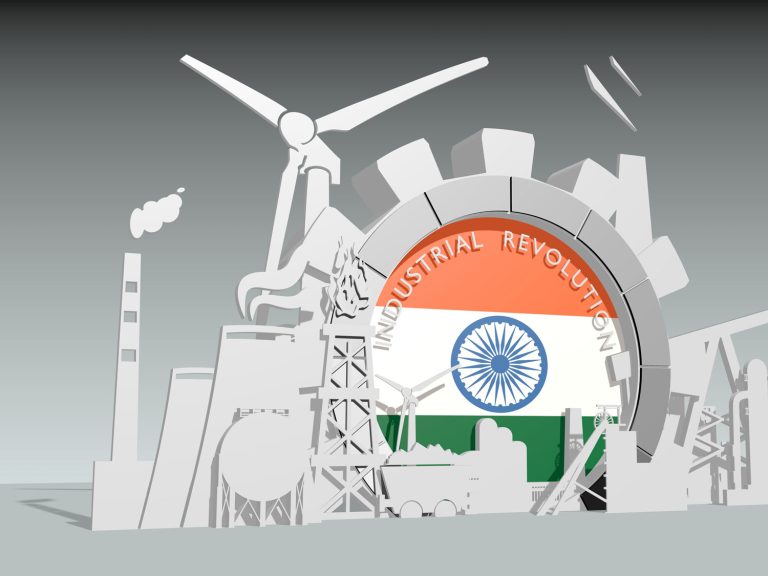
Date:
India; sourcing opportunity
For years India has been looked to as the next global manufacturing powerhouse and it now appears to be finally becoming the manufacturing power and sourcing alternative to China that it has long promised to be.
India’s Prime Minister Narendra Modi inherited an economy that was teetering on an economic precipice a decade ago.
Immediately after his victory in 2014, the prime minister launched an ambitious ‘Make In India’ campaign to turn India into the world’s factory.
Foxconn – which makes iPhones for Apple – are moving their supply chain to India and other major global giants like Tesla, Micron and Samsung have also been enthused to invest in manufacturing.
And while investment in manufacturing has not reached the highest expectations, India’s growth is outpacing other major economies, overtaking the UK as the fifth largest economy and it’s on track to leapfrog Japan and Germany and hit the third spot by 2027.
India has been heralded as the next global manufacturing powerhouse, only to be outshone in trade diversification initiatives by Vietnam, and more recently by Mexico, but over the last decade, US imports from India have doubled, to the 1 million TEU range, with East Coast ports reaping the largest gains.
Retailers and fashion brands have been shifting their focus to India for many years, in a bid to speed up supply chains, keep costs down and spread out sourcing to other countries.
Carrier commitment
Container shipping lines are expanding services and local presence, with ONE launching a service to the US East Coast and HMM securing slots on the new loop.
In December, MSC acquired a 49% stake in a container terminal, near Chennai, while CMA CGM and Hapag-Lloyd are also targeting Indian port opportunities.
Last year, Hapag-Lloyd invested in local ports and logistics and Maersk also has a significant footprint inland, with marine terminal operations at Nhava Sheva and Pipavav.
OOCL and APL have invested in rail services and container freight stations for nearly two decades.
The current supply chain
Despite the investment and presence of the shipping lines, Indian exporters are turning to air freight as ‘Red Sea’ vessel diversions around southern Africa have choked off capacity, by omitting Indian subcontinent port calls, making air cargo and sea/air the viable alternatives.
In a further complication fashion products are moving in trucks from Bangladesh into India, which is adding further demand for air freight.
Another significant contributing factor to elevated export air cargo rates is the shortage of capacity as big Chinese eCommerce marketplaces buy up as much space as they can find at premium rates.
With high rates on offer, capacity has moved from the Indian subcontinent to the Chinese market and as capacity dwindles rates out of India, Pakistan and Bangladesh go up even faster.
Overall, rates to Europe from South Asia are up 120% from the same time last year, with India to Europe spot rates up 174%.
There is also strong underlying economic growth in India, with HSBC reporting that the economy’s rate of expansion the strongest since July 2023, led by the strongest manufacturing output in nearly three and a half years, with export orders showing improved robustness.
India’s next decade could resemble China’s hyper growth, analysts from Morgan Stanley wrote and other trends like digitalisation, clean energy and growth in global offshoring will propel future growth, say experts.
For over 40 years Metro has helped customers open up new export markets and diversify sourcing across Asia and India.
Integrated on our MVT supply chain platform, our commercial and operations teams work closely with our partners across India and surrounding regions, processing air, ocean and sea/air shipments.
If you have any questions, rate requests or would like any further information on our capability in India, please EMAIL our Chief Commercial Officer, Andy Smith.
